“Don’t throw that out,” my friend scolded (I was about to compost the core of a lettuce head)!
“Why not?” I asked.
“It’ll grow more lettuce and provide you with an economical source of food. Most produce can easily be regrown, so to speak. Leafy veggies, root crops, and many others.”
I was keen to give lettuce a try. Growing healthy foods from clean kitchen scraps saves money, cuts down on food waste, and teaches us lessons on nature and sustainability.
Why Regrow Scraps?
Well, perhaps the real question should be, why not? In this era of high food costs and foods being recalled, it makes perfect sense to grow one’s own food from seeds or scraps. Using the inedible parts of plants to regrow more food makes perfect sense. Not only is regrown food tasty, I know its source right down to the core, and I’m cutting waste. I compost most everything, but why not take things a step further?
What and How to Regrow
Lettuce
I love the live lettuce you can now purchase in the produce section – usually Boston lettuce with the roots still attached. Why not use the lettuce and pot the roots? The head may be smaller, but still tasty.
Romaine lettuce is another good choice to regrow. After removing all the lettuce leaves, set the root core in shallow water and watch as leaves start to grow.

Refresh the water regularly and clean the container in which you’re regrowing it. When the leaves are about half an inch tall, you can plant the growing core in soil (indoors in a pot or outdoors in the garden), or leave it in the water. Either way, keep the top part of the rooted scrap exposed. You won’t be disappointed.
Leafy Veggies
Leafy greens like celery, green onions, lemon grass, and bok choy are also easy to regrow. Cut off about an inch of the uneaten plant base. Place it cut side up in about an inch of water, and refresh the water regularly (like the Romaine). Again, you may need to clean the regrowing container.

When the new growth is about half an inch tall, you can plant the growing core in soil or leave it in the water to continue growing. Either way, keep the top part of the rooted scrap exposed as above.
Root Veggies
Root vegetables like carrots, turnips, and beets are easy to regrow. The roots won’t generate another root vegetable, but the edible green tops/leafy foliage that grows above ground, will sprout and provide a tasty addition to salads, or can be cooked like spinach. Cut the carrot, turnip, or beet about an inch below where the greens start, and place in a shallow dish of water. Set in a sunny window, and make sure you change the water every few days. New shoots should appear soon.
Potatoes

Another root vegetable that is easy to grow from scraps is potato. Any part of a potato will regrow another potato. I plant the scraps directly in the ground.
Ginger Root
Yet another easy to regrow scrap. Just plant the ginger root scrap in 1 inch of soil and keep the pot in the warm sun. It will grow indoors for years. When you want some ginger, gently pull up the root and take what you need, then replant the rest to grow more.
Fruit and Vegetable Seeds
Don’t be quick to discard fruit or vegetable seeds and pits. Avocado pits can be regrown to a productive tree, as can citrus seeds. Keep the pit or seeds moist and set in a sunny location.
Strawberries

This vibrant fruit is fun, but a little tricky to regrow. Simply cut off the outer skin (the part covered in seeds). Put the skin in a container with soil, and place it in a sunny location. Be sure to water regularly. Alternately, you can gently extract the seeds with tweezers and pot them as you would the skin. When sprouts appear, repot them in a larger container with fresh soil, or transplant the sprout outside in the garden in the spring.
Pineapples
Cut off the top of a pineapple; then dry it out and plant it. This is a lengthy process. It takes years to grow, but the time and patience is worth it when you taste your own regrown pineapple.
Herbs
Most herbs propagate easily from cuttings. Simply snip of a branch and place the cut portion in a jar full of water. Set the jar in a sunny place and watch for roots to appear, replacing the water every couple of days. Once the roots are about an inch long, transplant the cutting to a pot full of soil. Set it in a sunny location, and keep it moist.
Is Regrown Food Healthy and Safe?
It is certainly safe to eat, as long as you haven’t used any chemicals to promote its growth or prevent infestations. And healthy? Well, it’s good, wholesome food that you’ve grown in a safe environment. You have full control over the finished product, so what could be safer than that? And, it holds a psychological benefit as well. The act of trying to cut waste, save money, and protect the environment by reusing scraps is good for the mind, body, and soul.


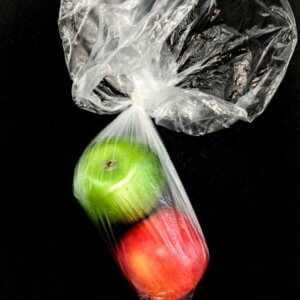
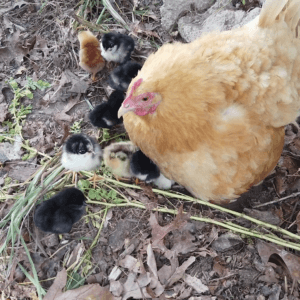





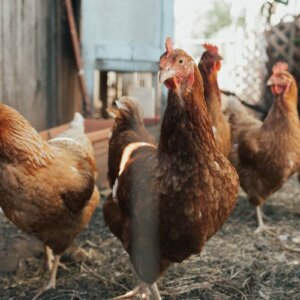
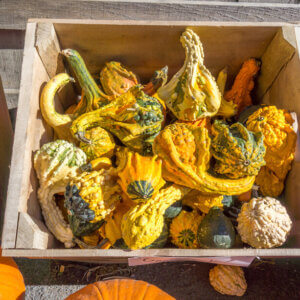

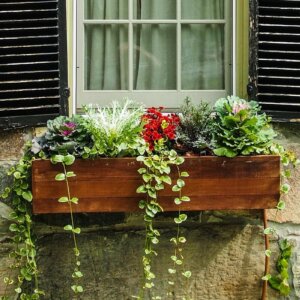




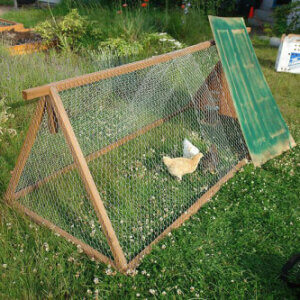
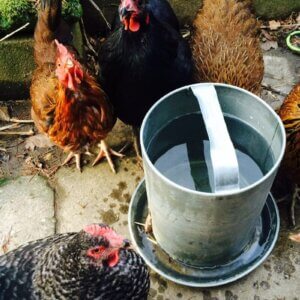
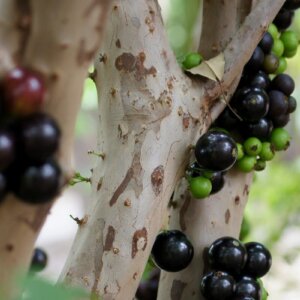





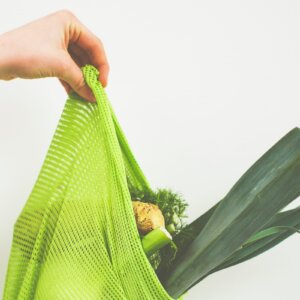




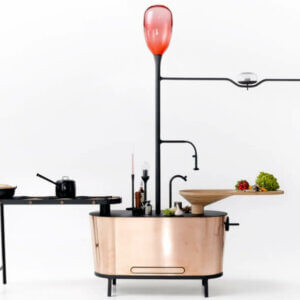



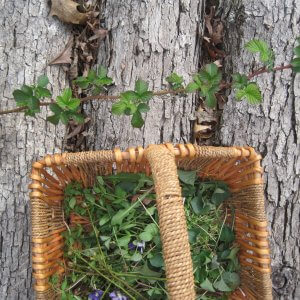




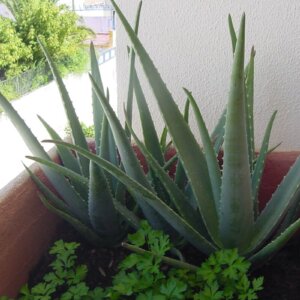


Leave a Reply